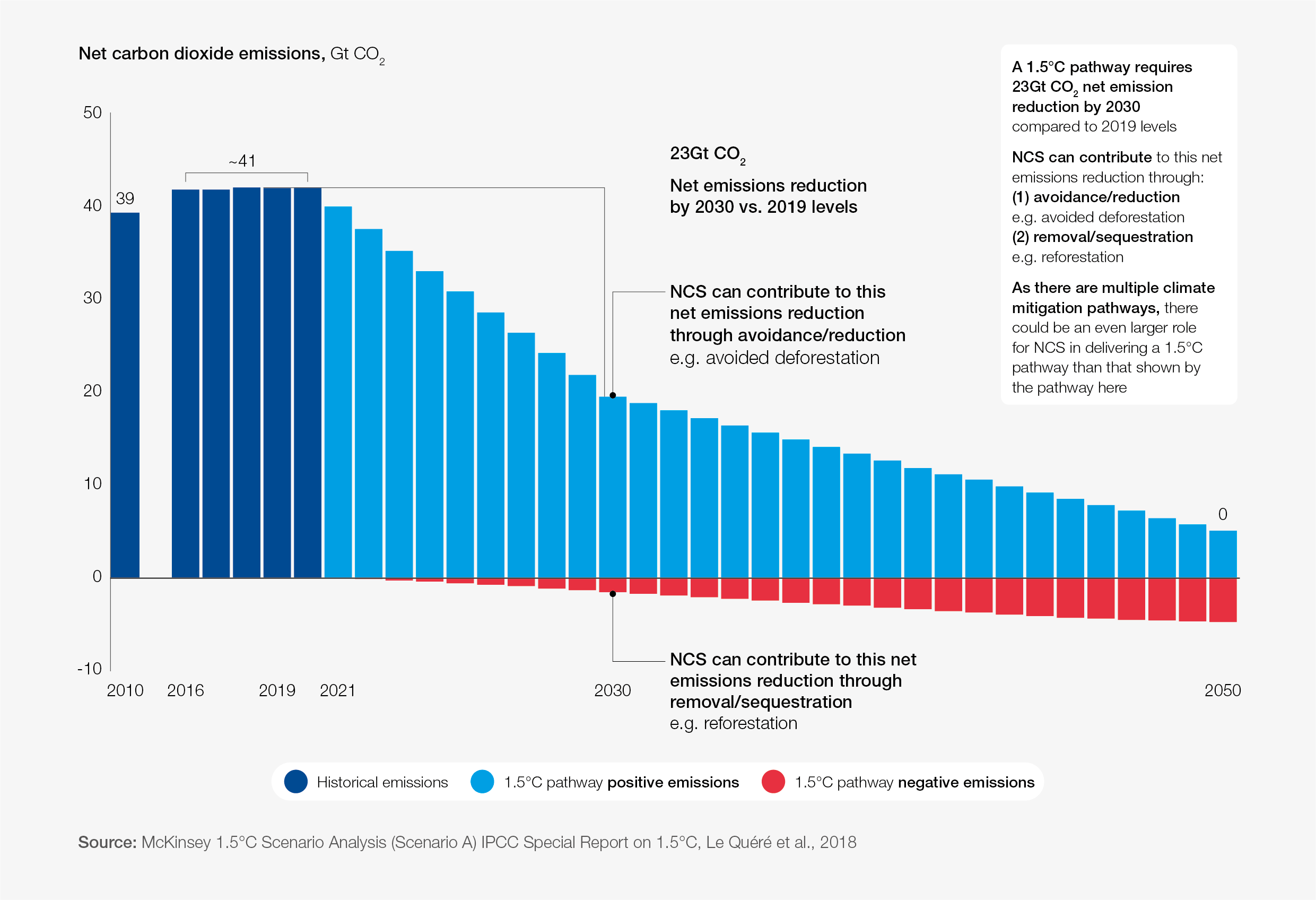How do we live with irreversible coastal erosion?

Many coastal towns across the UK will suffer the effects of coastal erosion within the next decade.
Image: Arjan Billan/Unsplash
Stay up to date:
United Kingdom
Accept our marketing cookies to access this content.
These cookies are currently disabled in your browser.
- England has some of the fastest eroding coastlines in Europe, prompting prolific investment in concrete sea walls and other engineered structures.
- It must be systematically worked out how communities can move away from risky areas while maintaining homes, utilities and services, and local heritage.
- Around 9,000 properties in England are located in areas likely to be lost to coastal erosion by 2025.
A record storm surge in 1953 devastated much of eastern England’s coast, prompting prolific investment in concrete sea walls, wooden groynes and other engineered structures designed to protect the coastline from erosion. These measures brought a reassuring sense of permanence for people in previously risky locations. Houses atop sandy cliffs and tucked behind or among sand dunes went from being holiday homes to permanent residences, and new homes were built nearby.
But decades later, the east coast and other parts of England are still eroding – rapidly in some places – despite efforts to hold the coastline in place.
England has some of the fastest eroding coastline in Europe, particularly along the Norfolk and Yorkshire coasts. Historical records show that England’s soft and sandy east coast has always been subject to retreat. The numerous lost villages beneath the North Sea are testament to this.

Back in 2018 the Committee on Climate Change, which advises the UK government, calculated that around 9,000 properties in England are located in areas likely to be lost to coastal erosion by 2025. This number is projected to increase 15-fold by the end of the century, disrupting whole communities as more buildings, roads and farmland inevitably slip into the danger zone.
Unstoppable – and necessary?
A growing body of research warns that the speed of coastal erosion will be compounded by sea-level rise and other effects of climate change, such as more extreme storms and prolonged wet weather, as waterlogged soils increase the likelihood of sandy cliffs collapsing. Rates of erosion can be roughly but not precisely estimated, due to the complexity of coastal systems and uncertainty regarding how the effects of climate change will manifest.
Since the early 1990s, scientists have collected huge amounts of data in order to understand how the wind, waves, tides and storms shape coastlines. The evidence indicates that it is not possible or prudent to stop or delay coastal erosion forever and that in some places, it may even be necessary.
This is because when soft cliffs such as those along the east of England retreat, they release a lot of sand which is deposited on nearby beaches, making them higher and wider. High and wide beaches absorb the energy of waves, giving some protection to cliffs, dunes and sea walls from coastal erosion and flooding.
What is the World Economic Forum doing on natural climate solutions?
The chief executive of the UK Environment Agency recently said it is inevitable that at some point communities will have to move back from the coast. So what does this mean for people who live in places where coastal erosion is accelerating, or where it can no longer be stopped?
At Happisburgh in north Norfolk for example, a section of old and damaged sea defences had to be removed in the 1990s to avert dangerous collapse. Rapid erosion of the beach and cliffs since the early 2000s has meant homes in this village being steadily demolished as the coastline retreats. As yet there are no arrangements to compensate people here, or other government policies to help them adapt.

Living with coastal erosion
It is important to be realistic: homes, roads and other things which knit some coastal communities together will need to be relocated inland away from danger – and soon. But doing this is far from simple, and will certainly be costly.
Ideally, the kind of investment which erected coastal defences in the aftermath of the 1953 storm surge would be mobilised today to help these places move. This is a pressing issue – letting crisis and despair characterise life for coastal communities on the edge is unsustainable and unfair.
Slowly, things are changing. A network of coastal communities, local authority officers and politicians, academics and others have worked since the early 2000s to argue for what is needed to cope with and prepare for coastal erosion around England and Wales. Now, a new pulse of government funding could test these ideas so that in future, no community feels abandoned to the sea.

Part of this work will be to begin the transition in eroding towns and villages on England’s east coast from a state of crisis to one in which people can begin to live feeling safe and confident. It must be systematically worked out how communities can move away from risky areas while maintaining homes, utilities and services, as well as preserving local heritage, culture and each place’s unique character.
As academics working alongside government agencies, our next challenge will be ensuring these time-limited projects translate into robust national policy and funding. Coastal erosion cannot be stopped, so we must help everyone relearn how to live with it.
Accept our marketing cookies to access this content.
These cookies are currently disabled in your browser.
Don't miss any update on this topic
Create a free account and access your personalized content collection with our latest publications and analyses.
License and Republishing
World Economic Forum articles may be republished in accordance with the Creative Commons Attribution-NonCommercial-NoDerivatives 4.0 International Public License, and in accordance with our Terms of Use.
The views expressed in this article are those of the author alone and not the World Economic Forum.
Related topics:
Forum Stories newsletter
Bringing you weekly curated insights and analysis on the global issues that matter.
More on Climate ActionSee all
David Carlin and Sourajit Aiyer
July 28, 2025
Nasim Pour, Sebastien Cross and Joel Gould
July 28, 2025
Michael Wang
July 28, 2025
Naoko Tochibayashi
July 28, 2025
Jose Ignacio Galindo and Nicolas Wertheimer
July 24, 2025







